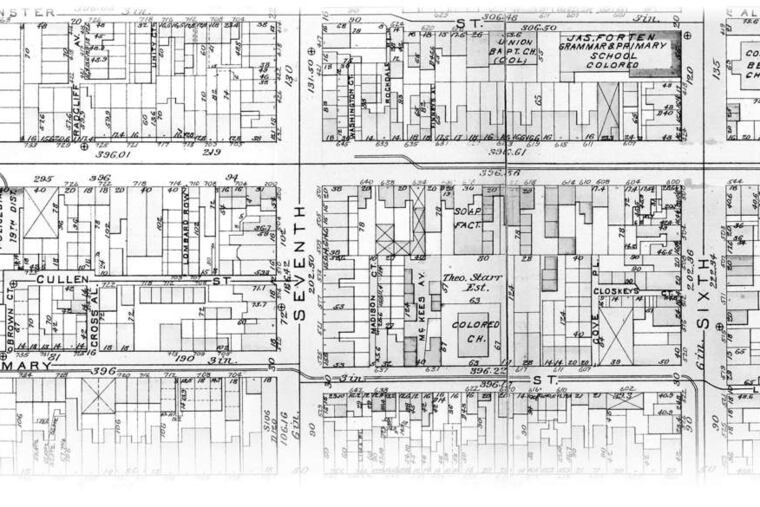When tempers flared on Lombard Street
Philadelphia has a long history of conflict, and very often people have taken to the streets to express feelings of support, anger, and triumph. One example is the Lombard Street riots.

Philadelphia has a long history of conflict, and very often people have taken to the streets to express feelings of support, anger, and triumph. One example is the Lombard Street riots.
